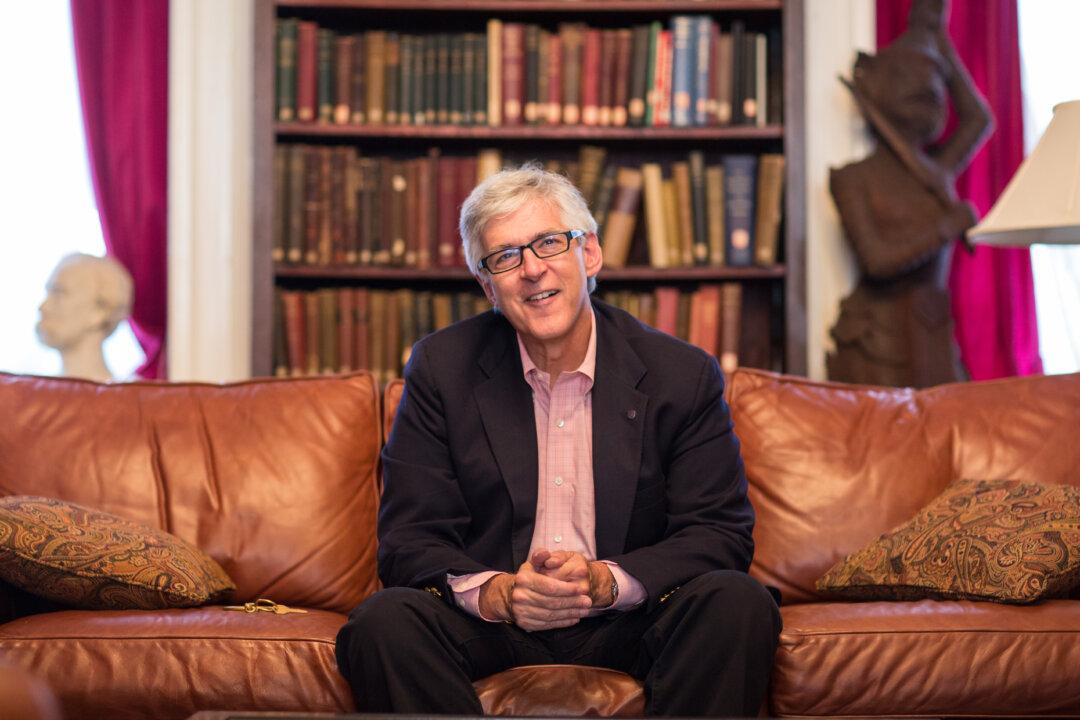NEW YORK—“It’s no accident that I’m involved here,” says Robert W. Pillsbury with a sense of purpose and reverence.
The president of the Salmagundi Club often gazes at a dreamy painting displayed in the elegant parlor of the club. At quick glance, “Nightfall” by Franklin De Haven could be mistaken for a painting made by Pillsbury himself. “It’s by one of my forefathers,” he clarifies, still gazing at the moonlit landscape painted in 1900.
Salmagundi is the second-oldest art organization in the country, and it is arguably also the most active, most lively, and inviting.
Pillsbury has always gravitated toward art. He carries the conversation, focusing on one painting in the parlor and then on the next one. They are what the club refers to as “purchase prizes.” They constitute a rotating permanent collection of about 200 highly selective juried works made by Salmagundians, who received cash prizes in exchange for their works of art.
Currently, only two paintings in the parlor are not part of that collection. One was donated by the wife of the late Frank Mason. The painting of a Vermont farm scene is going for silent auction as part of a fundraiser for the club on Sept. 23. The second hangs above the fireplace, a maritime painting on loan from the 87-year-old artist John Stobart, who’s currently working on a painting especially for the club.
“Salmagundi is all about the love of making art, displaying art, discussing and appreciating art,” Pillsbury says, looking around the parlor of the historic brownstone, built in 1852 and acquired as the club’s permanent home in 1871.







